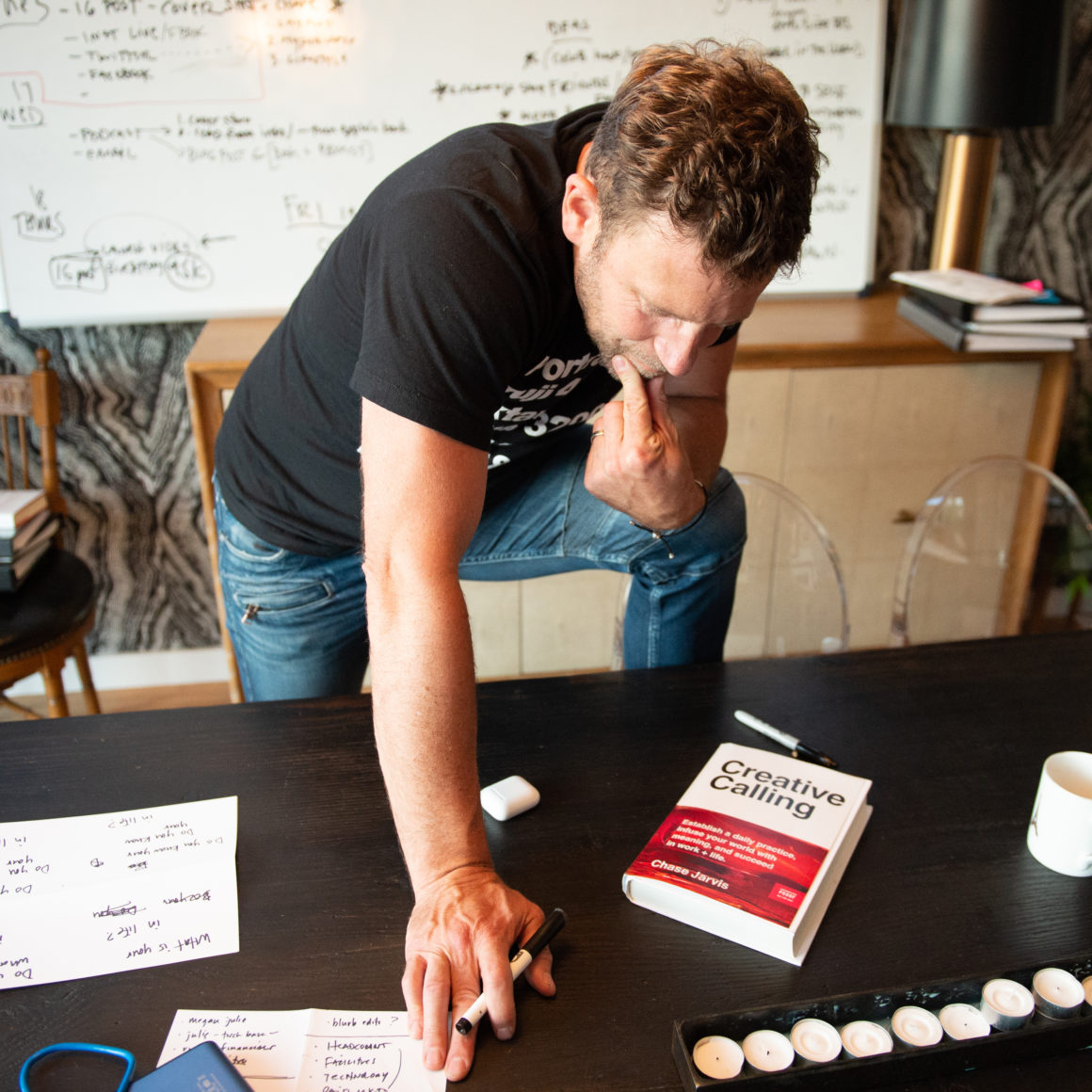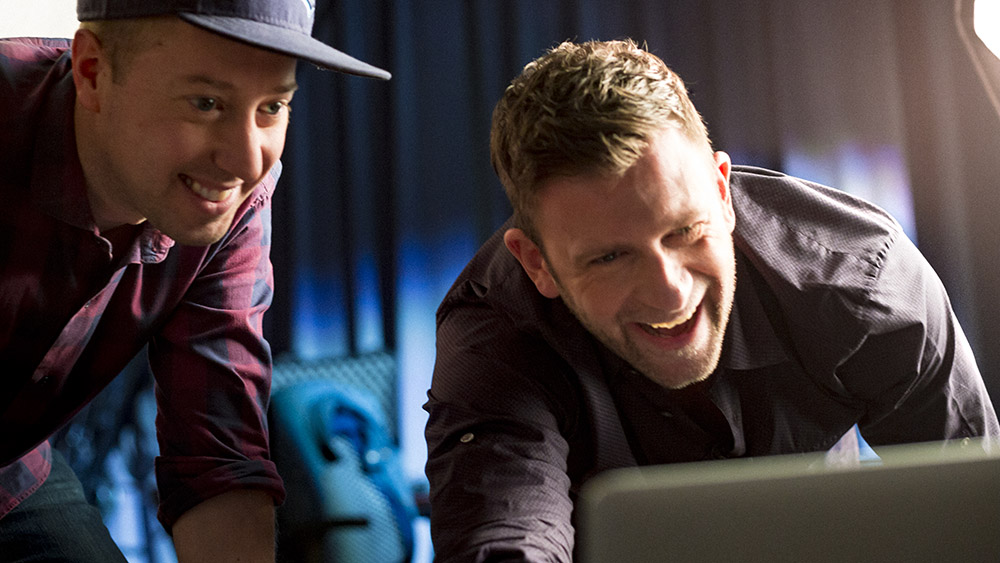
From concept to final product, a master manages and calculates every aspect of their craft. The environment, the expectations, the communication throughout. The catch is, the only tried and true way to master something is to gain experience doing it the wrong way. Learning the kinks in the road by experiencing them first hand, over and over again – communication breakdowns and vision misalignments with clients, deadlines, pressure, setbacks, mistakes, disasters – this is how you master your craft. The skill itself has to be on autopilot.
There are hundreds, sometimes thousands of people out there who are just like you, with similar skill level and qualifications to do the project you’re proposing to do. So what is the difference maker? It’s all the other stuff. The ability to connect with people, motivate them, respond well to feedback, take in what others are feeling and incorporate it into your work. All of this stuff matters, sometimes even more so than having the talent. Skill will get you in the door, but this other stuff that centers around emotional intelligence is what makes people invite you back.
The original question that sparked this episode was, “how do you respond when your vision just isn’t working out?” Rod’s question is about photography, but the answer is universal. This “oh &#%!’ moment is something that every professional, in every craft, inevitably deals with. Being a professional means that your ass is on the line. The pressure is on, and your team expects you to perform. By identifying the things (outside of your craft) that hinder your performance, you begin to grow in ways that translate to confidence, poise and ultimately, success.
So what is the best way to become more comfortable in situations where everything is going wrong? Put yourself in high pressure situations as often as possible. Protect against the downside, and make sure you get the client’s vision in the can, but once that box is checked, it’s time to push the boundaries. Problem solve, make mistakes, and communicate throughout. With enough of these under your belt you begin to learn the intricacies of your craft, and how much attention to detail is required to make something work from beginning to end.

No matter what the profession is, the ability to connect and collaborate with other people is critical. Incorporating different perspectives and listening will aid you massively. If people like working with you, they will be easier to work with, making the project more enjoyable. Most issues that arise in professional settings stem from misunderstandings between people. I can’t tell you where your blind spot is, but I can tell you unequivocally that your ability to work within constraints and across diverse teams will set you apart.
A few questions for your self-audit:
- How well can you take in what others are feeling to create solutions?
- How do you adapt in environments filled with variables?
- Can you improve your body language? Eye contact? E-mail follow up?
- Do you have a clean, organized of your workspace.
- Do you make your clients/partners/co-workers feel good about their contributions?
Talent is critical, but it’s not why clients call you back.
Listen to the Podcast
Subscribe
This podcast is brought to you by CreativeLive. CreativeLive is the world’s largest hub for online creative education in photo/video, art/design, music/audio, craft/maker, money/life and the ability to make a living in any of those disciplines. They are high quality, highly curated classes taught by the world’s top experts — Pulitzer, Oscar, Grammy Award winners, New York Times best selling authors and the best entrepreneurs of our times.























